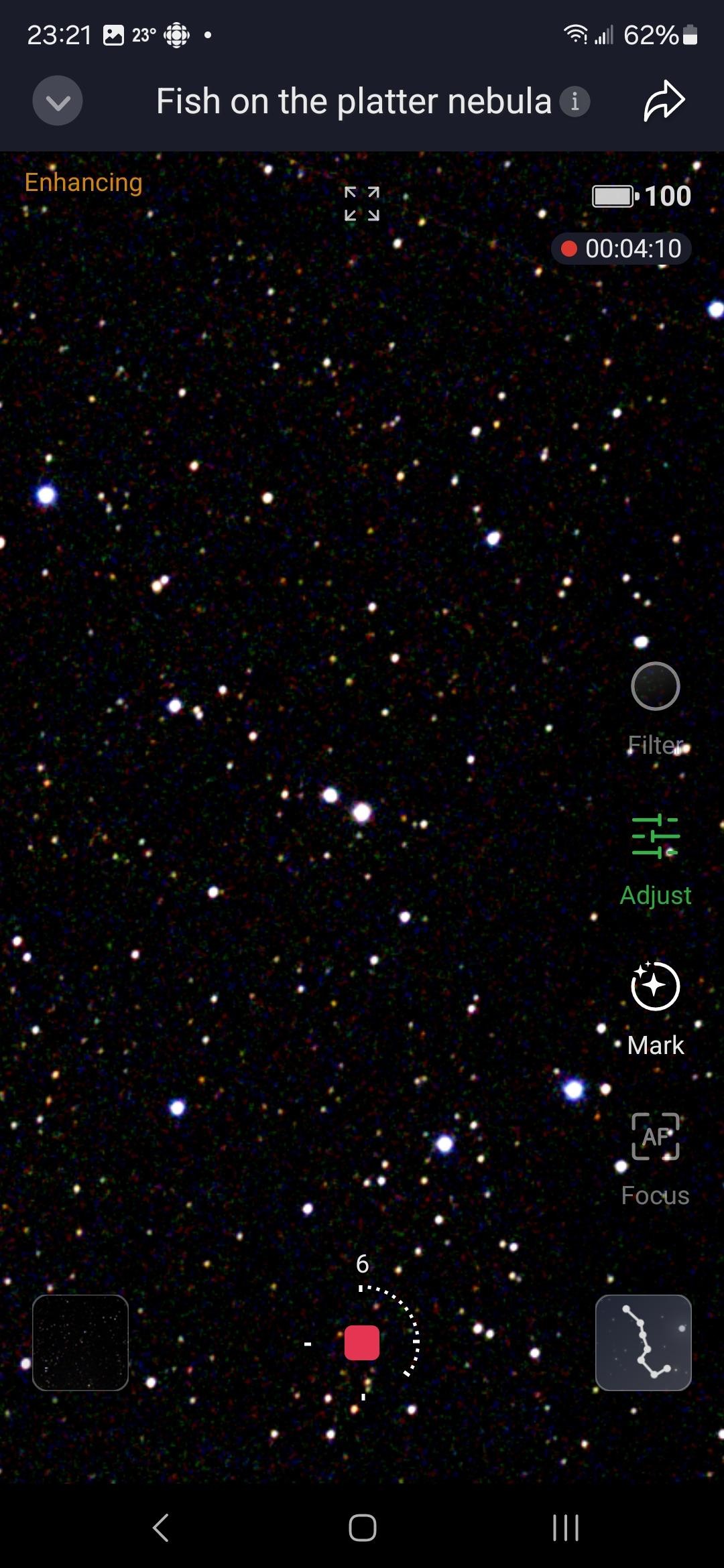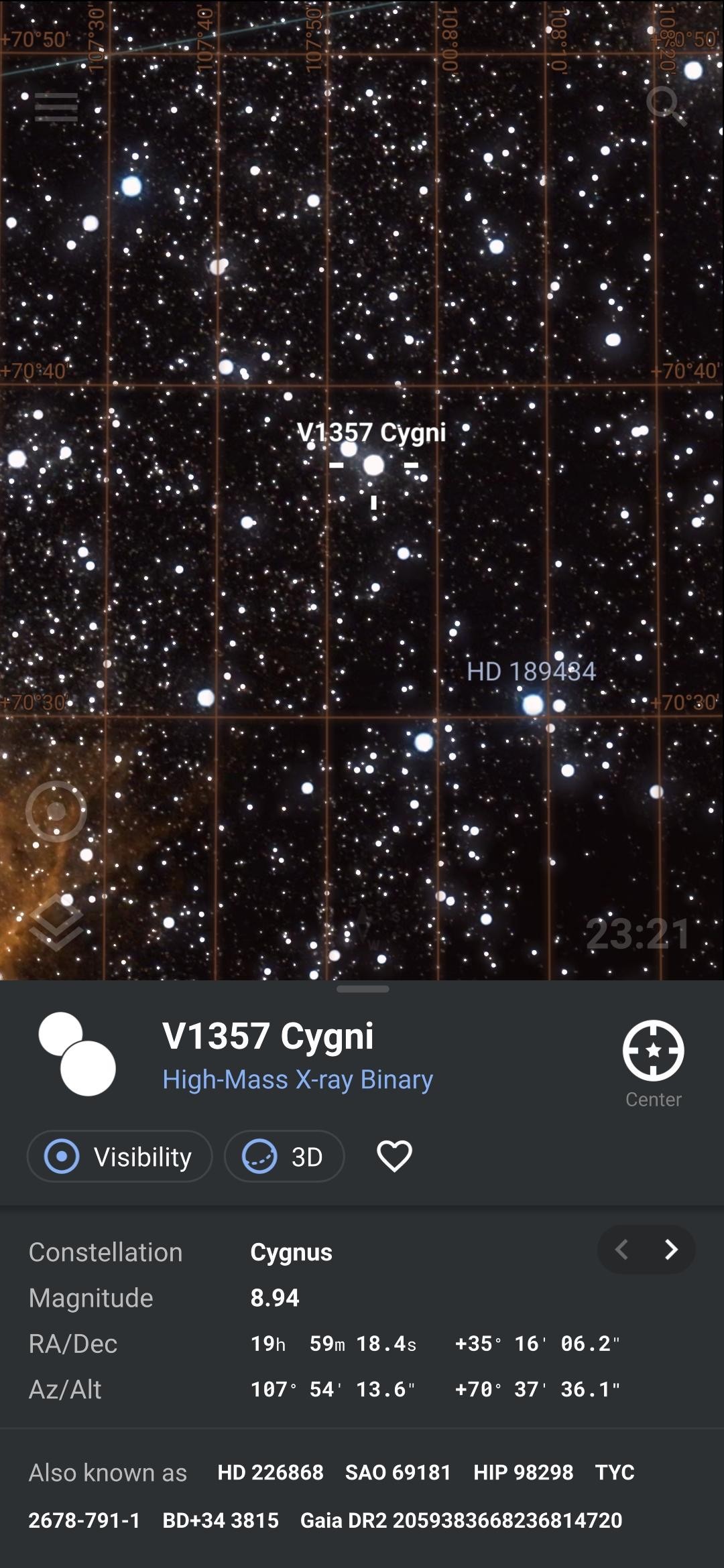No, not really, but neither can JWST, stellar black holes are way too small to be seen directly with any optical instruments, although they shine brightly in X-ray. What we can see are close stellar binaries where one of them is a black hole - what we really see is the other, normal giant star. The classic example is Cygnus X-1, which is actually quite easy to imagine - Cygnus is high in the northern summer sky right now and at magnitude 9 it is quite bright for the S50 to see. The only challenge here is finding it using the very limited SeeStar SkyAtlas, good luck with that. But Stellarium can help here too, especially if you know the alternate names for it, HD226868 or V1357 Cygni:


Is there anything more we could find out about Cygnus X-1 with the S50? Maybe, the 21 solar mass black hole and the 20-40 solar mass blue giant are only 0.2AU apart and orbit each other every 5.6 days, and although this is not an eclipsing binary, maybe we could measure the rotation of the companion star spectroscopically using Doppler shifts. This would require ZWO to make some software changes, namely stopping star tracking and dumping RAW frames continuously, so based on the experience with these types of requests so far, it's not going to happen.